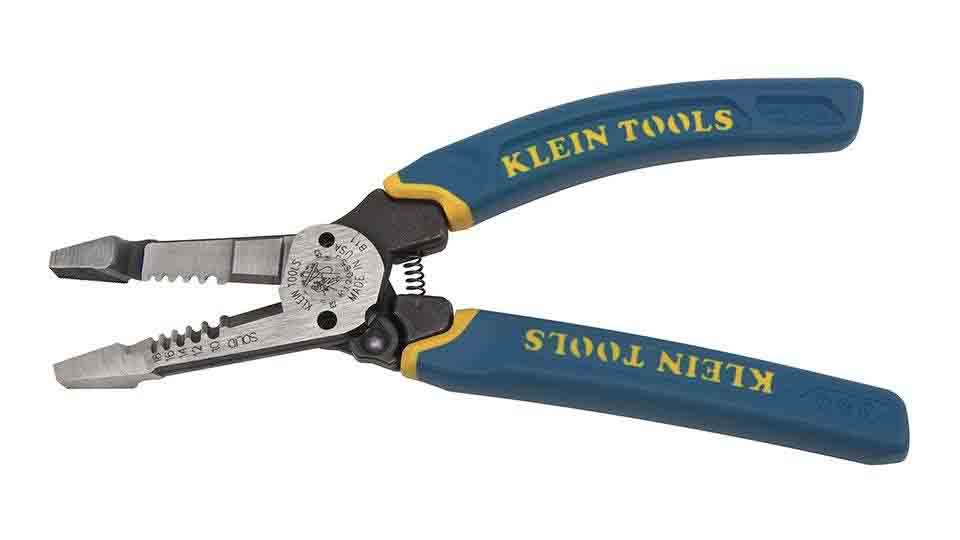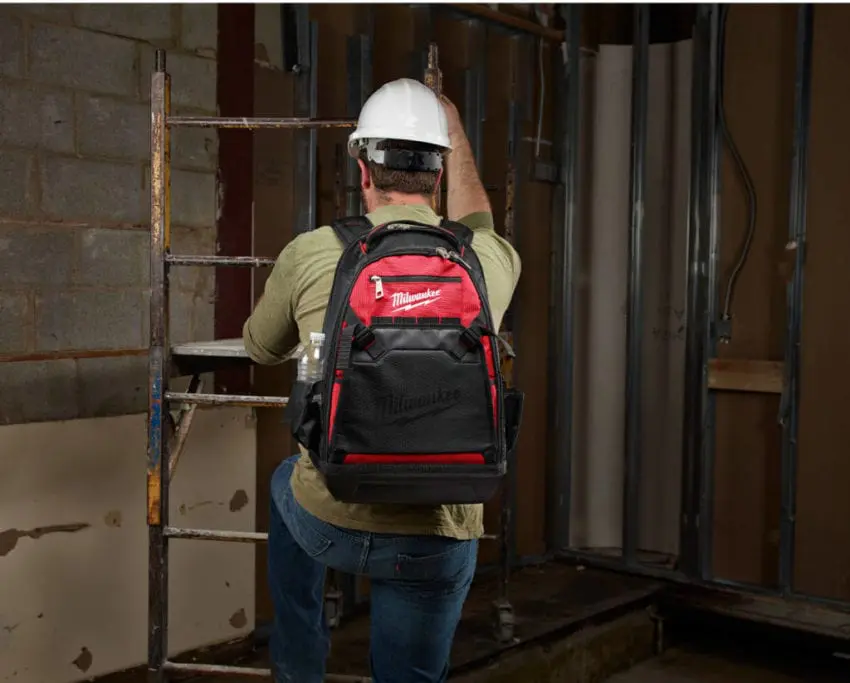Every trade has its preferred tools. While many trades use mostly “general” tools like saws and drills, professional electricians have some favorites. These tools come uniquely tailored for the job. That’s because they have to measure what can’t be seen, in units difficult for the non-Pro to understand, in quantities that can be downright deadly. Sounds fun, right? Well, most electricians certainly find the work rewarding. If you consider the skill it takes to harness and distribute raw electrical power, it’s really quite amazing. So with the help of Professional electricians Danny Carey and Ben Parker, we’ve assembled a list of the top 10 tools every electrician needs.
The Late Show: Top 10 Tools Every Electrician Needs
1) Digital Multimeter
Perhaps the tool most iconic to the electrical trade is the digital multimeter. As the name implies, it measures multiple electrical properties over several ranges. Older multimeters featured an analog interface where a physical needle indicated the electrical property being tested. Newer multimeters utilize a digital interface. They also include increasingly sophisticated features like work lights, Bluetooth connectivity, and even thermal imaging cameras.
Although many don’t have an amp clamp, you’ll notice some are clamp meters with jaws at the top designed to measure current without contacting or breaking the circuit to do so. Others can measure current with clamping test leads. There are advantages and disadvantages of both types of meters, but both can do a reliable job.

2) Voltage Tester
It’s imperative to know if and when a line is “live” (has electricity flowing through it). Failure to verify voltage in a line could bring dangerous consequences. A voltage tester is a handy little safety tool that gives you a tone when a line has voltage. It also does this without making physical contact. Some multimeters include this function, but a dedicated NCVT like the Klein non-contact voltage tester is smaller and more convenient.

3) Circuit Finder
In a perfect world, an electrician would open up a home’s service panel and find an accurate, legible circuit directory on the inside of the door. But those times often seem few and far between. Many homes do a poor job of matching the service panel with its complementary breaker. Or sometimes a remodeler just needs to trace a circuit. By plugging the transmitter into the outlet, an electrician can use the detector at the service panel to establish a circuit directory.

4) Diagonal Cutting Pliers
Wires need cutting, and there’s no getting around it. You’ll need some diagonal cutting pliers, or dikes, to get the job done. Err on the side of longer handles for the increased leverage.

5) Side Cutting Pliers
Another version of pliers are side cutting, or Lineman’s, pliers. These can grip, twist, pull, bend, and cut. There’s no way we can leave this off the list of tools every electrician needs. Klein Tool’s Lineman pliers are so synonymous with side-cutting pliers that they are often called “Kleins”. That’s saying something for a company that’s been around for 160 years. Some versions also boast some wire stripping and screw shearing capabilities.

6) Long Nose Pliers
For those small spaces that fingers can’t reach, or for bending wire around a screw, long nose pliers come in handy. Many also cut and some can even ream conduit.
Don’t miss our article on the best pliers.

7) Wire Strippers
In order to make the connection, the protective insulation must be stripped off to expose bare wire. Several tools help electricians do this, like a knife or the strippers on certain Lineman’s pliers. The wire stripper, however, remains the dedicated tool for this work. Of course, we know you used the NCVT to make sure that line is dead!

7) Fish Tape
No, it’s not what you use to make sure the fish is long enough, and it’s not an old VHS of the one that got away. It’s a tool used to push and pull wire through a conduit using a leader. Electricians also use fish sticks or glow sticks. These are flexible, segmented rods that hook together for pulling over shorter distances and in wall cavities. Fish Tape comes on a reel that can be deployed and retracted as needed.

9) Knife
Most electricians carry some sort of blade for general purposes and for stripping wire in a pinch. Some newer pocket knives come specifically tailored to the trade. Some are insulated, and some are not. It’s not necessary since you know the line you’re cutting into isn’t live, right? Right.
Also, check out our recommendations for the best utility knife.

10) Screwdrivers and Nut Drivers
The screwdriver and nut driver may not seem like a trade-specific tool. In many ways, they aren’t. But that hasn’t stopped manufacturers of electrical tools from innovating in ways that tailor it to the trade. From multi-bit screwdrivers and ratcheting stubbies to wrench assist nut drivers, there’s a driver for every electrical job.

11) Toolbag or Toolbox (Okay, I couldn’t keep it to 10)
What good are tools if they can’t be transported and organized? About as useful as…well, as writers’ block, when you could write something witty. In any event, the tool carrier might also seem like a general tool. Tool manufacturers have custom-tailored products suited for electricians. These often include waterproof, non-conductive bottoms, hardshell cases for multimeters, and tons of storage for all the tools mentioned above, and much more.

Gotta Have ‘Em
This is a long list of tools every electrician needs but it surely isn’t exhaustive. If you’re a Pro and you have electrical tool suggestions for aspiring tradesmen, add them in the comments below or hit us up on Facebook, Instagram, or Twitter!



